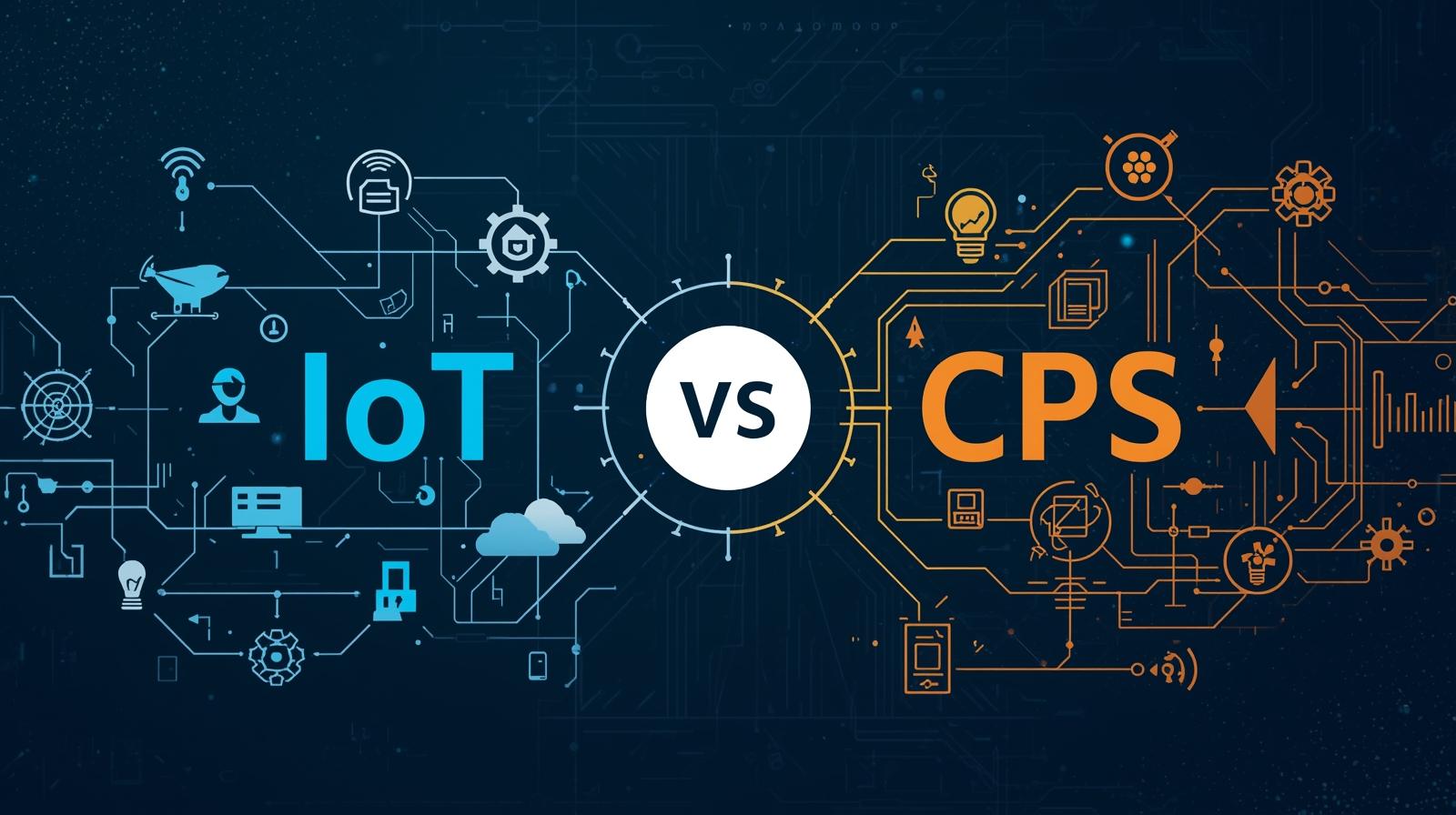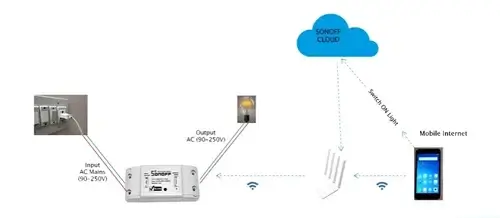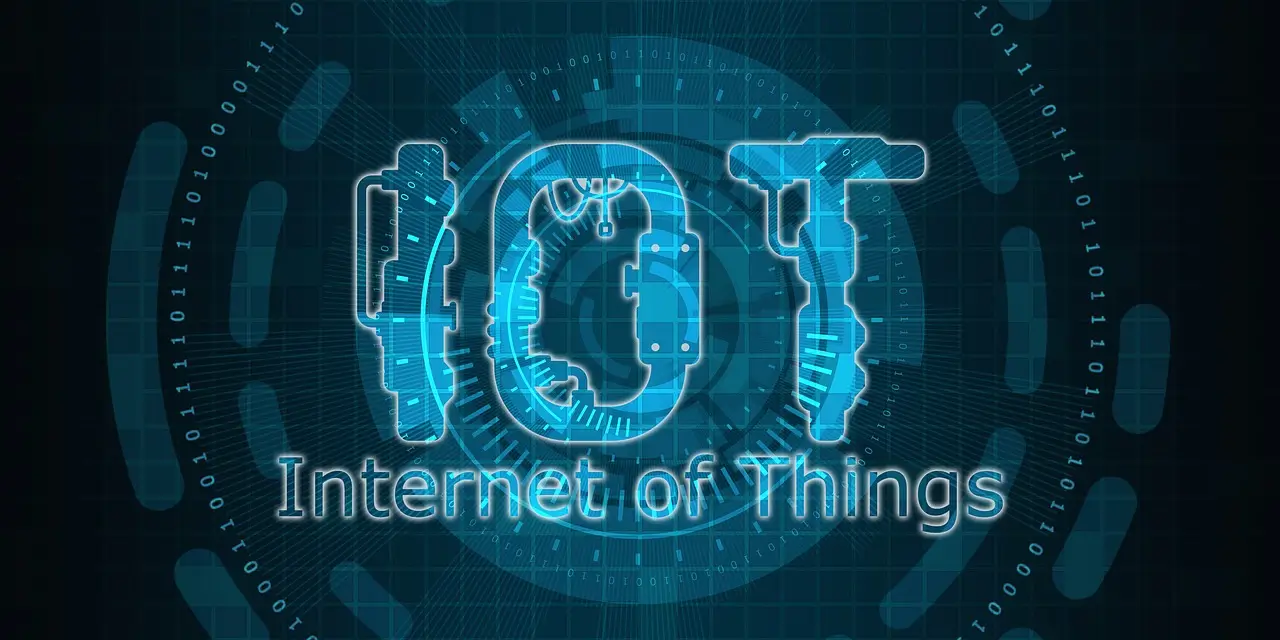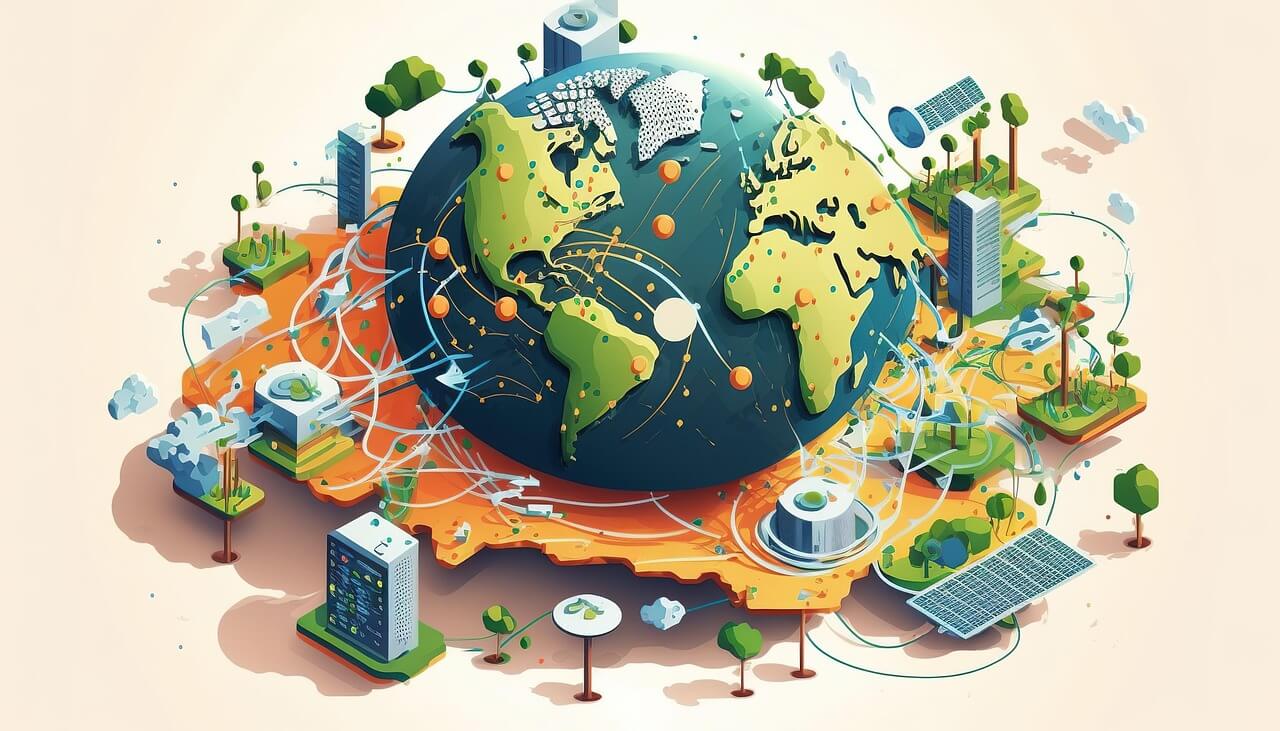Quick Answer
- IoT (Internet of Things): Devices that collect data and send it to the internet.
Example: A fitness tracker sending steps to your phone.
- CPS (Cyber-Physical Systems): Devices that sense, think, and act on their own.
Example: A self-driving car braking to avoid a crash.
IoT: The Reporter
What it does: Collects data (like temperature or location) and sends it to the cloud or your phone.
Examples:
- Smart thermostat texting you the room temperature.
- Soil sensor emailing you when plants need water.
- GPS tracker showing your pet’s location.
How it works:
Sensor → Internet → Cloud → Your Device
"Hey, it’s 72°F in here!"
CPS: The Smart Robot
What it does: Senses, processes, and acts instantly without needing the internet.
Examples:
- Insulin pump delivering medicine when blood sugar drops.
- Car braking automatically to avoid a collision.
- Factory robot adjusting its movements in real-time.
How it works:
Sense → Think → Act → Repeat
"Obstacle ahead → Calculate risk → Brake now!"
Key Differences
- Where’s the Brain?
- IoT: Brain in the cloud (needs internet to process data).
- CPS: Brain in the device (thinks locally).
- Speed:
- IoT: Can handle delays (seconds or minutes).
- CPS: Must act instantly (milliseconds matter).
- No Internet?
- IoT: Stops or becomes dumb.
- CPS: Keeps working independently.
ESP32 Projects
IoT Example: Smart Plant Monitor
- What: Checks soil moisture and emails you if it’s dry.
- Why IoT: Needs internet to send alerts.
- Delay OK? Yes, plants can wait a few minutes.
void checkSoil() {
if (soilDry) {
sendEmail("Water your plants!"); // Can wait
}
delay(300000); // Wait 5 min
}
CPS Example: Auto-Balancing Robot
- What: Uses motors to stay upright.
- Why CPS: Must react instantly to avoid falling.
- Delay OK? No, delays cause crashes.
void balanceRobot() {
readSensors(); // Check tilt
calculateAdjustment(); // Think
adjustMotors(); // Act now!
// No delays!
}
Everyday Analogies
IoT is like:
- A weather app telling you it’s raining.
- A friend texting you updates.
CPS is like:
- Your hand pulling back from a hot stove.
- A chef adjusting a recipe while cooking.
Which to Use?
Pick IoT for:
- Remote monitoring (e.g., checking home temp from work).
- Non-urgent alerts (e.g., plant watering reminders).
- Reliable internet access.
Pick CPS for:
- Instant action (e.g., car braking).
- Critical safety (e.g., medical devices).
- Unreliable or no internet.
Real-World Examples
- Smart Home:
- IoT: Lights you control via an app.
- CPS: Motion lights that turn on automatically.
- Car:
- IoT: App showing your car’s location.
- CPS: Auto-braking system.
- Health:
- IoT: Smartwatch tracking sleep.
- CPS: Pacemaker regulating heartbeats.
The Bottom Line
IoT: Connects and reports data ("Here’s what’s happening").
Great for: Monitoring, alerts.
CPS: Thinks and acts locally ("I’ll handle it").
Great for: Automation, safety.
They Team Up!
Many systems use both:
- A smart thermostat (CPS) adjusts temperature automatically and (IoT) sends energy reports to your phone.
Your Next Project
- Weather station? → IoT (sends data to your phone).
- Self-driving toy car? → CPS (needs instant decisions).
- Auto-watering garden? → Both (senses, acts, and reports).
IoT informs you. CPS takes action.




